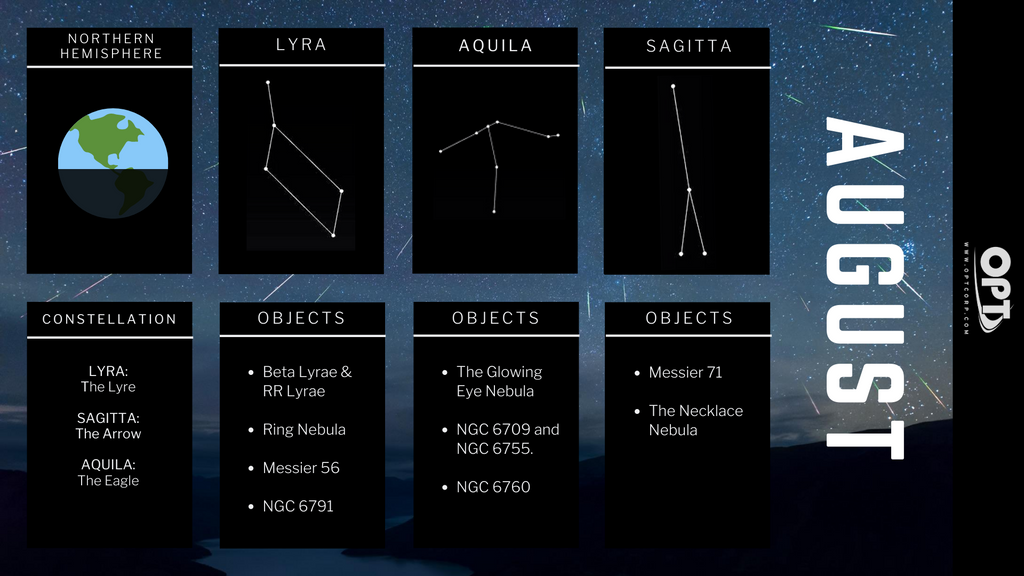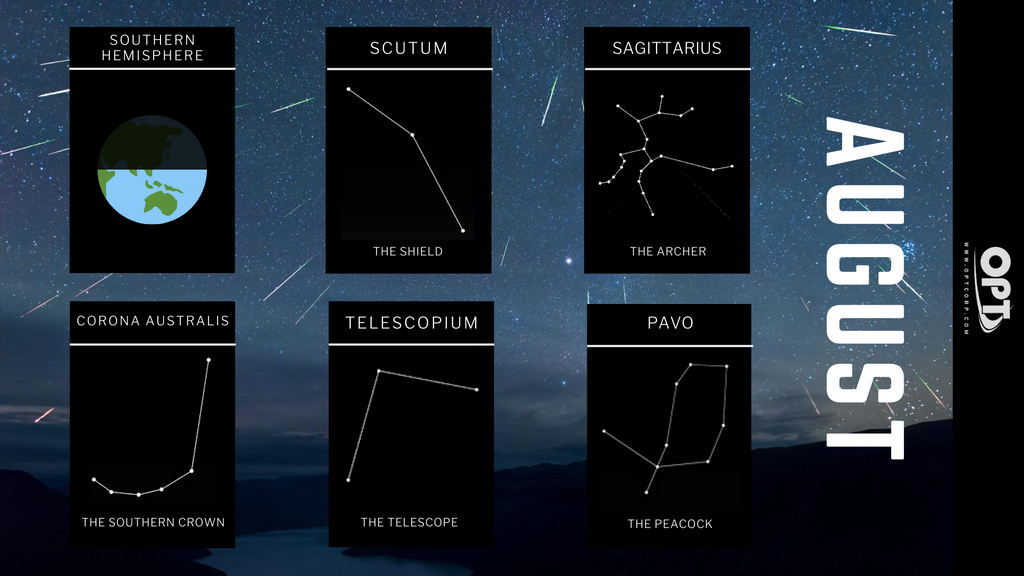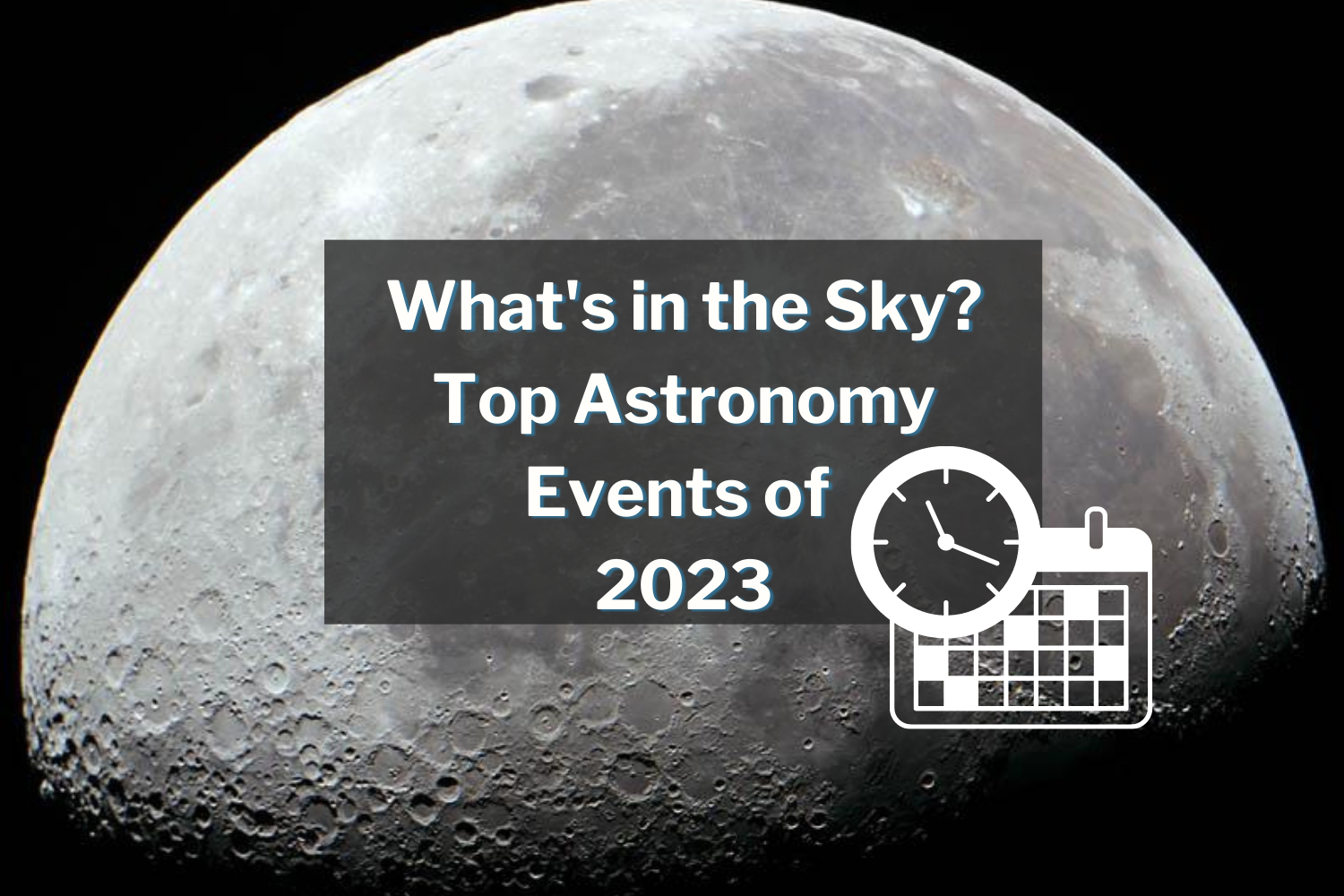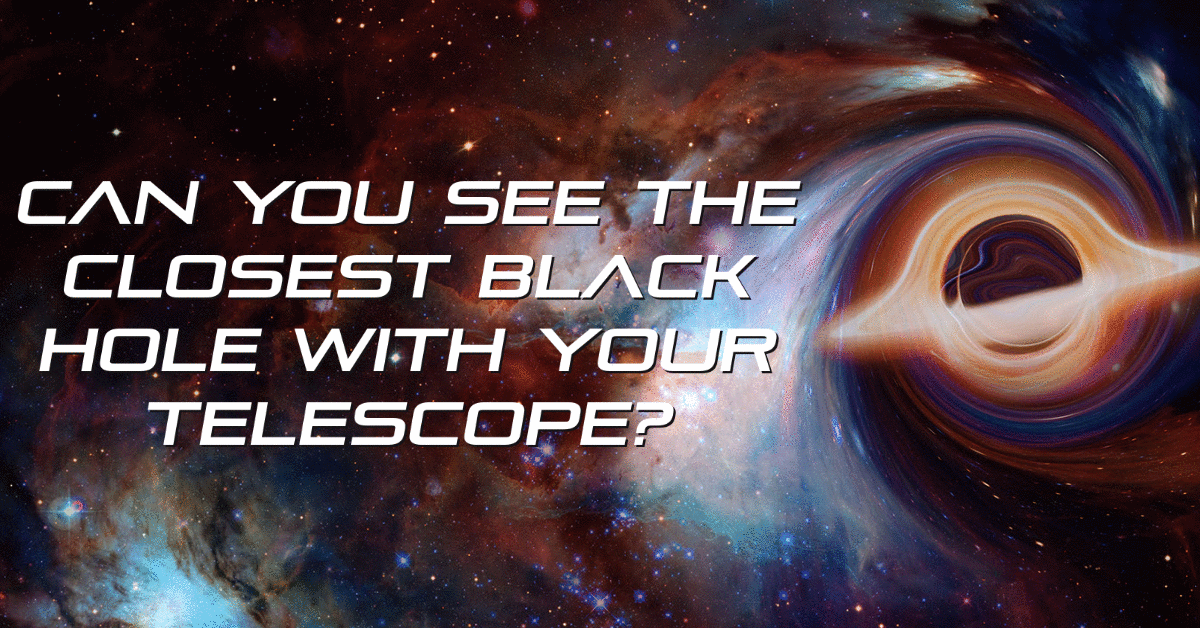Astronomy Events for August 2021
These August 2021 astronomy events are rare to happen all in one month! Two planets are in opposition, the best meteor shower of the year on a dark night, and a blue moon provide motivation to plan ahead and spend time under the stars.
Thinking about starting astrophotography? Our getting started in astrophotography has the best tips and techniques to help you get started this month!
MOON PHASES, PLANETS, AND METEOR SHOWER AUGUST 2021

August 2 - Saturn at Opposition
Saturn will be at its closest approach to Earth and illuminated by the Sun. This is the brightest it will be all year! Check out our guide on how to see the planets with a telescope or our planetary imaging guide for tips on how to see or capture the ringed planet!
August 8 - New Moon
This is the best time of the month to observe faint objects such as galaxies and star clusters because there is no moonlight to interfere.
August 12, 13 - Perseids Meteor Shower
The Perseids meteor shower will produce up to 60 meteors per hour at its peak! Every year, the shower runs from July 17 to August 24. This year the meteor shower will peak on the night of the 12th into the early morning of the 13th. There will be dark skies thanks to the waxing crescent moon setting early in the evening. Find a dark location for the best viewing after midnight.
August 19 - Jupiter at Opposition
Jupiter will be at its closest approach to Earth and illuminated by the Sun. This is the brightest it will be all year! Get your gear ready to observe or image some of its well-known features like the Great Red Spot. See our guide on how to photograph Jupiter for tips and techniques.
August 22 - Full Moon, Blue Moon
This full moon was known by some early Native American tribes as the Sturgeon Moon because the large fish of major lakes like the Great Lakes were easily caught this time of year. This moon is also known as the Green Corn Moon and the Grain Moon.
Normally, there are three full moons in a season. When there is a fourth full moon in a season, the extra one is called a blue moon. It happens once every few years and is where the term "once in a blue moon" came from. Our lunar photography basics video has great tips on how to capture the various phases of the Moon.
NORTHERN HEMISPHERE CONSTELLATIONS
Lyra Constellation
- Eclipsing stars, Beta Lyrae & RR Lyrae
- Ring Nebula
- Messier 56
- NGC 6791: One of the oldest clusters in our galaxy!
Sagitta Constellation
- Globular cluster Messier 71
- The Necklace Nebula
Aquila Constellation
- The Glowing Eye Nebula (NGC 6751)
- NGC 6709 and NGC 6755
- Globular Cluster NGC 6760
Southern Hemisphere Constellations in August
Scutum Constellation
- Wild Duck Cluster (Messier 11)
- Messier 26
Sagittarius Constellation
- Lagoon Nebula (Messier 8)
- Omega Nebula (Messier 17)
- Trifid Nebula (Messier 20)
- The globular clusters Messier 22, Messier 28, Messier 54 (extragalactic cluster)
- Sagittarius Star Cloud (Messier 24)
- Messier 55, Messier 69, Messier 70 and Messier 75
- The open clusters Messier 18, Messier 21, Messier 23 and Messier 25
Corona Australis Constellation
- Corona Australis Molecular Cloud
- NGC 6729
- IC 4812
- NGC 6726/6727
Telescopium Constellation
- Elliptical galaxy NGC 6868
- NGC 6845
- NGC 6584
- Elliptical galaxy IC 4889
- Planetary nebula IC 4699
Pavo Constellation
- NGC 6752, the third brightest globular cluster in the sky
- NGC 6744
- Interacting galaxies - NGC 6872 (Condor Galaxy, one of the largest spiral galaxies known) and IC 4970
- Triplet of colliding galaxies designated as IC 4686, IC 4687 and IC 4689
Curious what astronomical events are happening the rest of 2021? See our library for more! Clear skies! 🔭✨














Md abu saim
August 08, 2021
Nice